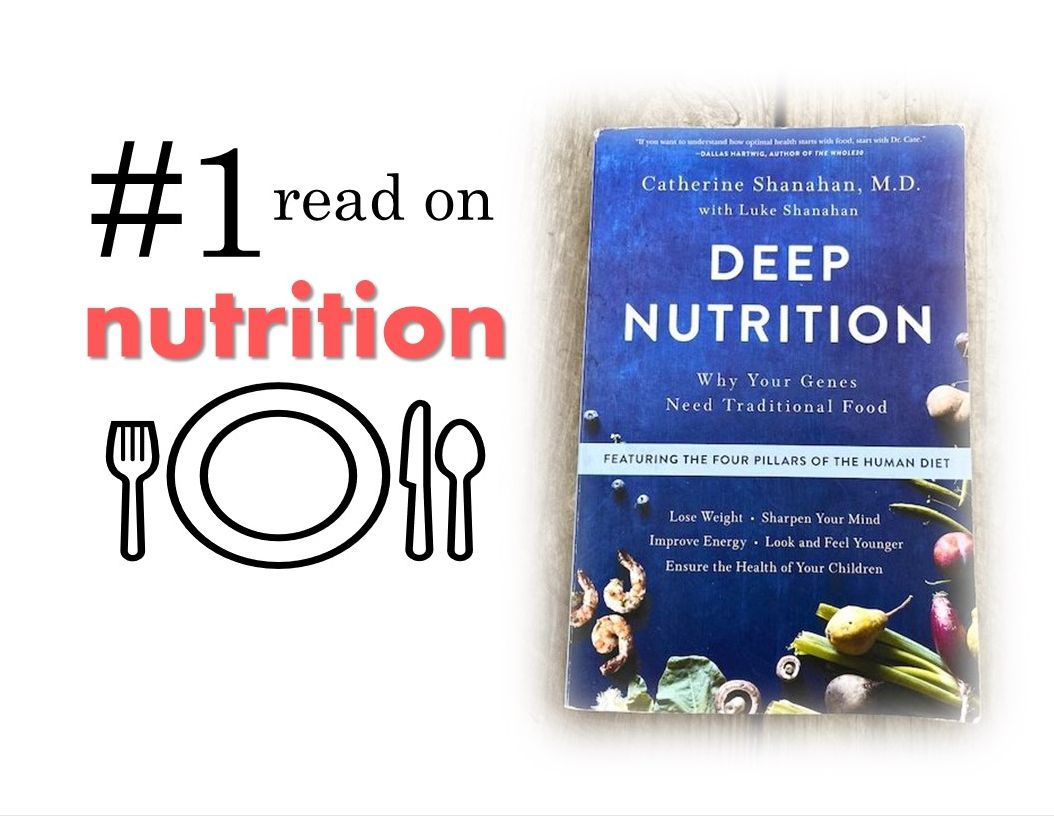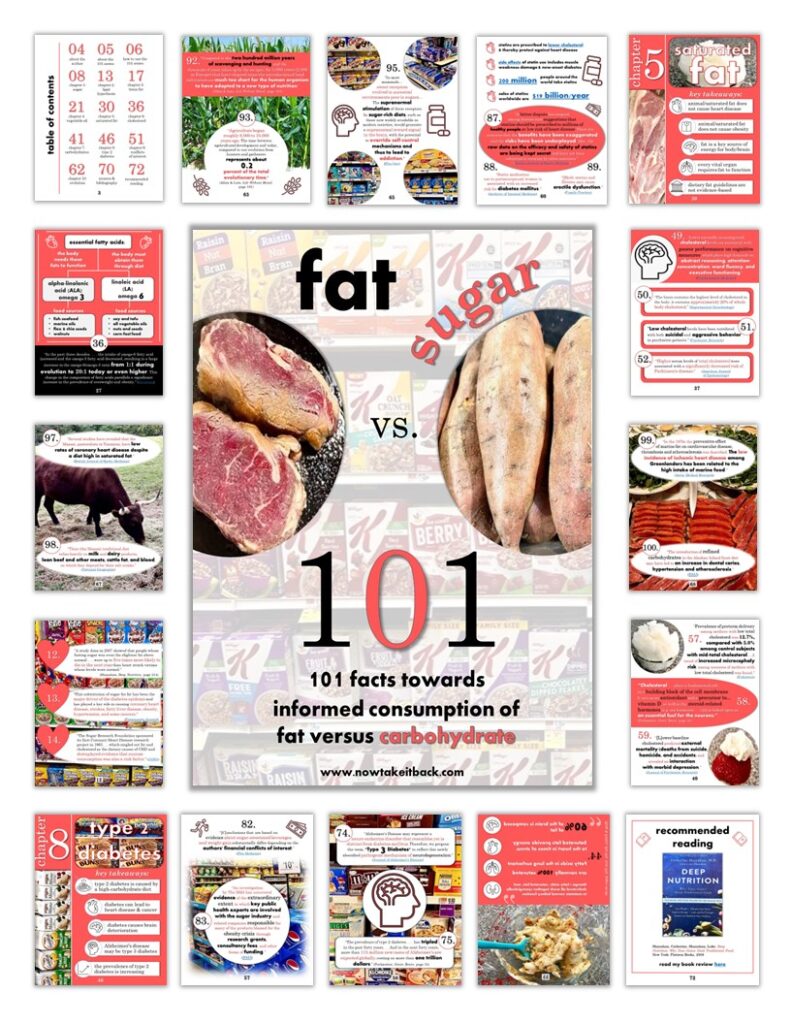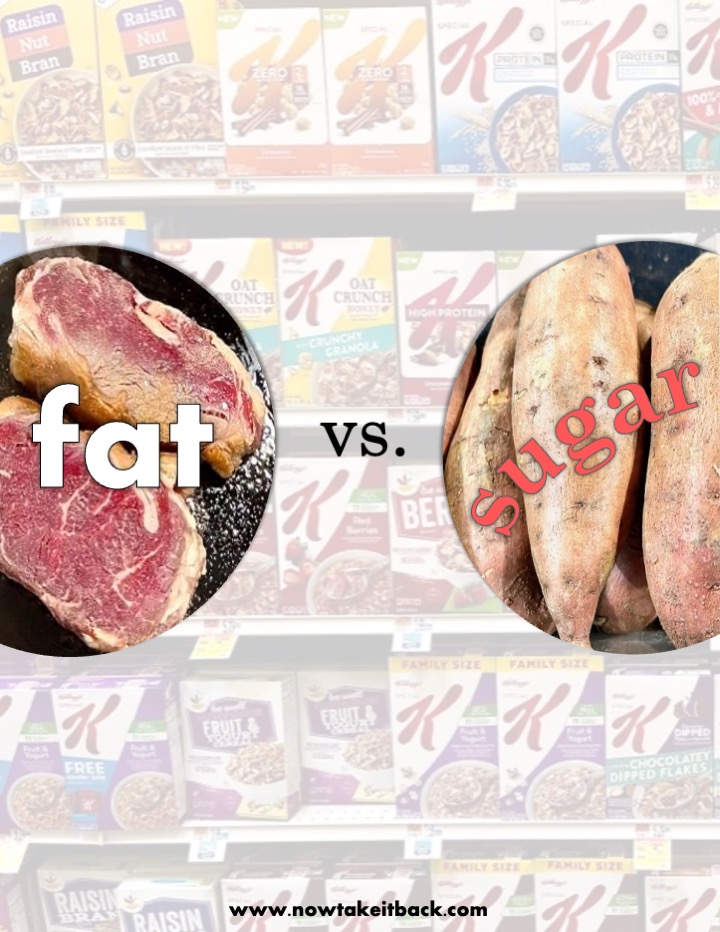Catherine Shanahan’s Deep Nutrition
There are many excellent books on nutrition, but Catherine Shanahan’s Deep Nutrition is my top pick. This book is written by an expert in molecular biology who can translate intricate science into digestible and actionable information. Shanahan draws on over 20 years of clinical experience to communicate how diet and lifestyle impact the health of her patients. Unlike many of her peers in the medical world, she dives deeply into the complex relationship between nutrition, gene expression, disease prevention, fertility, and the culinary arts.
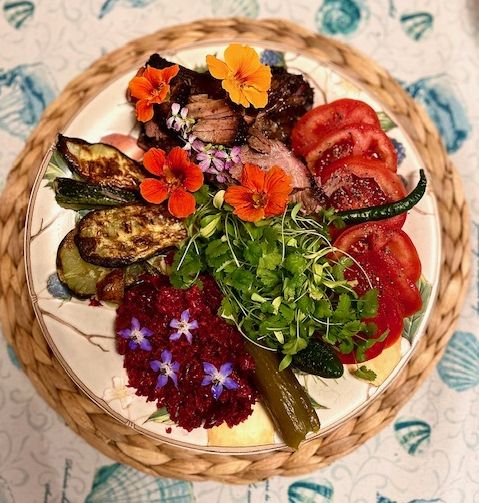
Throughout the book, Shanahan somehow manages to avoid diet ideology or the promotion of her own gnostic solution to the problem. Instead, she identifies 4 common themes across culinary and cultural divides that describe how human beings have eaten throughout the millennia, regardless of culture, race, or geographical region. She terms these themes, “The Four Pillars of the Human Diet.”
If you are looking for a book that makes nutrition compelling, terrifying, and practical all at once, this is it.
This book describes the diet to end all diets.
catherine shanahan, deep nutrition, page xix
About the Author
Catherine Shanahan is a board-certified family physician with a background in biochemistry, genetics, and ethnobotany. Shanahan originally became interested in medicine because of her own struggle with health, which involved connective tissue degeneration and other musculoskeletal issues. Married to a chef, she became fascinated by the role that food plays in disease prevention and gene expression and obsessively investigated the intersection between nutrition, the culinary arts, and epigenetics. You can read more about her at www.drcate.com.
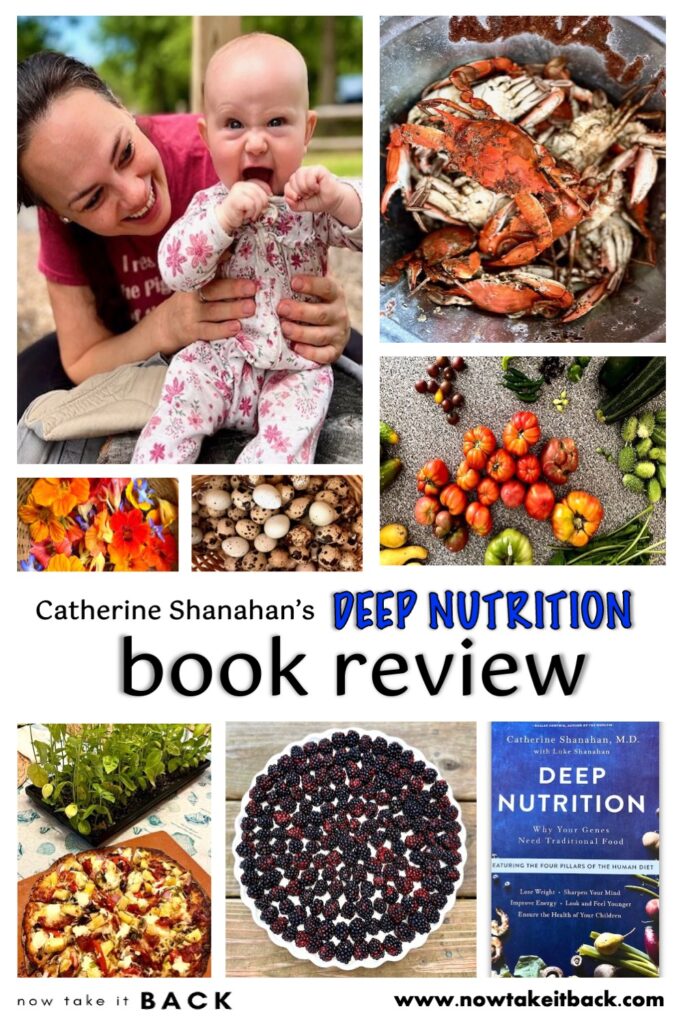
Book Summary
Part 1 is dedicated to exploring the role that food, cooking, and nutrition have traditionally played in health for most of human history. Shanahan systematically breaks down the complex topics of epigenetics, fertility, and physical degeneration, rendering them accessible to the average reader. More fascinating, she draws on countless sources to paint a vivid portrait of how indigenous peoples have traditionally used plant and animal foods to nourish, heal, and produce thriving offspring.
Part 2 presents an exhaustive overview of why vegetable oils and sugar cause noncommunicable disease, especially heart disease, diabetes, and cancer. Shanahan walks her readers through the pathology of noncommunicable disease and uses plenty of metaphors and non-scientific language to describe the impact of processed foods on disease genesis.
Part 3 sketches a practical solution to the problem of modern disease: get back to the way our ancestors used to source, process, and consume their food. Shanahan describes each of the 4 Pillars of the Human Diet in depth, followed by real-life resources and tools to get started.







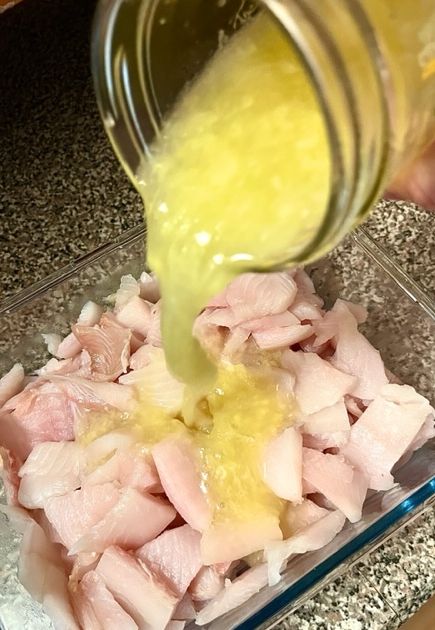
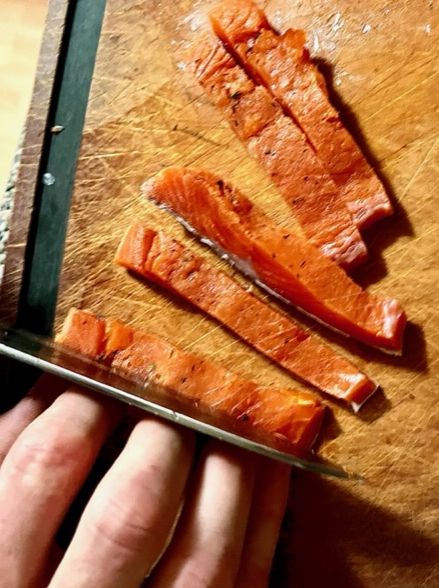
medical advice disclaimer: This website does not provide medical advice and is intended for informational purposes only. Any statements or claims about the possible health benefits conferred by any foods or supplements have not been evaluated by the Food & Drug Administration (FDA) and are not intended to diagnose, treat, prevent or cure any disease.
affiliate disclaimer: This post contains affiliate links. See my full affiliate disclosure for more information.
Part One: The Wisdom of Tradition

It’s looking as though we’ve grossly underestimated the dictum ‘You are what you eat.’ Not only does what we eat affect us down to the level of our genes, our physiques have been sculpted, in part, by the foods our parents and grandparents ate (or didn’t eat) generations ago. The body of evidence compiled by thousands of epigenetic researchers working all over the world suggests that the majority of people’s medical problems do not come from inherited mutations, as previously thought, but rather from harmful environmental factors that force good genes to behave badly, by switching them on and off at the wrong time. And so, genes that were once healthy, can, at any point in our lives, start acting sick.
catherine shanahan, deep nutrition, pages 5-6
Chapter 1: Reclaiming your Health
In Chapter 1, Shanahan argues that despite a longer lifespan, the quality of our health today is overall less robust and vital. She briefly sketches the nutritional science/propaganda of the 1950s and outlines how physicians of the day convinced the public that the more tasteless their food, the better it was for their health. In stark contrast to these claims, the gourmet restaurants of today use only the most fresh and whole ingredients to maximize flavor. Shanahan points out that human taste for flavorful food primes us to consume foods with the highest nutrition. In other words, the better the flavor, the higher the nutrition.
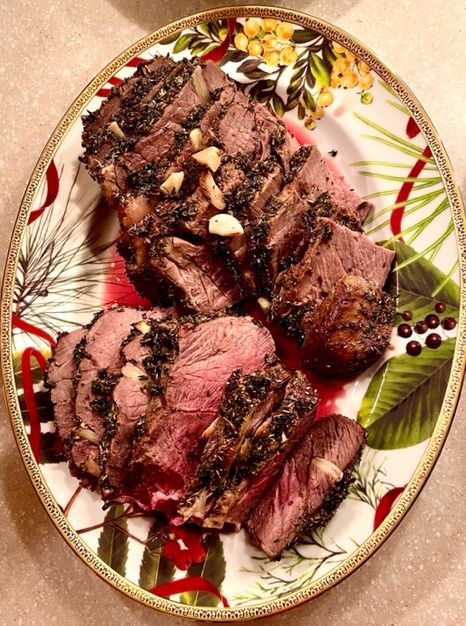
Chapter 2: The Intelligent Gene
Chapter 2 goes on to discuss the genetic damage inflicted by moving away from traditional culinary principles. From an evolutionary perspective, the human genome naturally selects the genes that produce health, strength, and beauty to pass on from generation to generation. Changes in behavior or environment can cause diseased genes to be selected, healthy genes to mutate, or broken genes to heal.
Epigenetics is the study of how optimal or suboptimal environmental conditions and behaviors can cause genes to change for better or worse.
As a race, we tend to rely on technology to resolve our problems through interventions such as genetic manipulation, cloning, or artificial intelligence. Shanahan contends that modern technology is not the solution to the genetic damage we are witnessing in current generations. Instead, she promotes a return the more ancient, first technologies which allowed humans to cook, ferment, and maximize nutrition from their food. Simply by giving our genes what they crave nutritionally, we can heal existing damage and prevent future disease on a profoundly deep level.
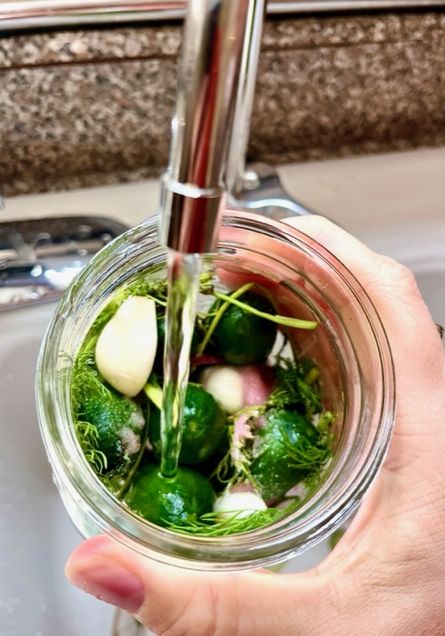
Chapter 3: The Greatest Gift
In Chapter 3, Shanahan sketches the history of Weston A. Price, a dentist-turned-nutritionist who scoured the world in the 1930s for the reason why modern peoples were developing dental disease and bone degeneration. He and his wife spent nearly 10 years studying indigenous cultures in over 14 countries, including some of the most remote areas of the world.
Price discovered that the more untouched an indigenous culture was by processed food, the healthier its people. Without exception, these “primitive” cultures demonstrated a sophisticated understanding of nutrition and its symbiotic relationship with health.
While traditional diets were far more diverse in flavor and nutritional content, the modern Western diet increasingly promotes homogeneity in taste and texture. Generations of malnutrition through consumption of refined and industrially processed food has resulted in genetic mutation and metabolic disease. Shanahan states unequivocally that the greatest gift we can give to our children is a physiology primed for genetic wealth through nutrition.

Chapter 4: Dynamic Symmetry
Chapter 4 describes the genetic relationship between beauty and health. Facial symmetry and bone architecture are built by excellent nutrition and can be measured and traced across cultures, regardless of race. Shanahan outlines the history of Dr. Stephen Marquardt, a plastic surgeon in the 1970s who developed Marquardt’s Mask:
Marquardt’s Mask is a matrix of points, lines, and angles delineating the geometric framework and borders of what Marquardt calls the archetypal face, a plotted graph of the visual ideal our collective unconscious yearns for.
Catherine Shanahan, Deep Nutrition, page 61
Shanahan offers a fascinating glimpse into “biomathematics,” loosely described as a method of seeing the natural world through the lens of symmetry, pattern, and ratio. She cites several studies showing that the mammalian brain instinctively prefers pattern and symmetry from infancy. In Shanahan’s words, nature possesses a “geometric logic,” and “form follows function.” Without adequate nutrition, this inherent pattern and symmetry begin to break down.
Chapter 5: The Sibling Strategy
Chapter 5 presents Shanahan’s own research on the impact of nutrition, beauty, and symmetry evidenced in siblings. Her findings reflect that oldest children (male or female) easily consume the mother’s nutritional stores in utero, manifesting in greater genetic wealth and beauty. Consequent siblings, especially when spaced close together, generally decrease in facial symmetry, bone structure, overall health, and even vision. Shanahan argues that when the mother’s body does not have time to replenish nutritional stores between pregnancies, the epigenetic environment for beauty, strength, and health decrease with second, third, and consequent children.
Part Two: The Dangers of the Modern Diet

We know, for example, that the Industrial Revolution and subsequent commercial growth created massive carbon dioxide pollution, which magnified the greenhouse effect and is now making global climate warmer. What we don’t yet appreciate is the extent to which the Industrial Revolution polluted the food we eat, leading to so many changes in our health and physiologies that it has altered the way we look. Over the past 100 years, we have completed the single most comprehensive dietary shift in the history of our race.
Catherine shanahan, deep nutrition, pages 112-113
Chapter 6: The Great Nutrition Migration
Chapter 6 contends that most processed foods in modern grocery stores are nutritionally indistinct from pet food. Shanahan points to gourmet chefs to help us relearn nutritional principles about sourcing high-quality, abundantly fresh and whole ingredients. Cooking and food processing from scratch is what brings these chefs their skill and acclaim. Historically, access to the freshest and highest quality ingredients directly from the natural world is what allowed specific cultures to thrive or fail, and thus specific genetic traits to be passed on or to pass into obscurity.
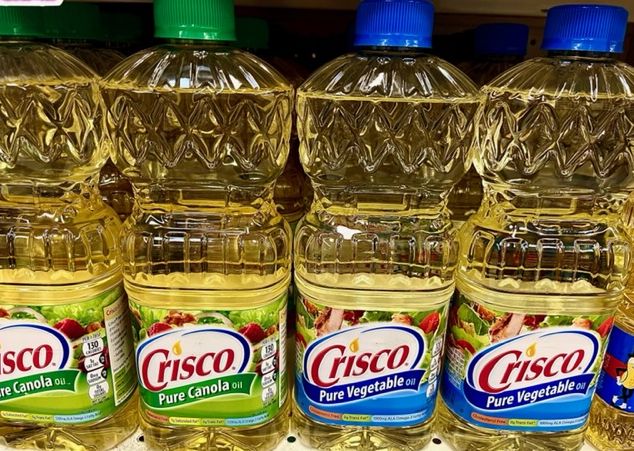
Chapter 7: Good Fats and Bad
In Chapter 7, Shanahan builds a powerful case against liquid and partially hydrogenated vegetable oils. She argues that lipid scientists have been telling us for decades that cholesterol and saturated fats are not the problem. She then goes on to chronicle the motivations and mistakes of Ancel Keys, and, in the process, thoroughly debunks his lipid hypothesis.
This chapter provides an excellent overview of why we shouldn’t cook with polyunsaturated fats. It describes how polyunsaturated fats (such as those found in vegetable oils) are chemically unstable and prone to oxidation:
If a fatty acid has two double bonds near one another, the molecule becomes highly susceptible to attack by oxygen, particularly when heated as in processing and cooking. If it has three double bonds near one another, as does linolenic acid, it’s even more vulnerable to an attack by oxygen. The product of these oxidation reactions are the damaged, distorted molecules that make vegetable oils so toxic.
Catherine Shanahan, Deep Nutrition, page 136
The above quote is an example of how Shanahan renders the science behind heart disease, the lipid cycle, blood cholesterol levels, triglycerides, and lipoproteins digestible to the average reader. This lengthy and brilliantly constructed chapter ends with one simple and actionable recommendation: eliminate liquid and solid vegetable oils from your diet to protect yourself from heart disease.
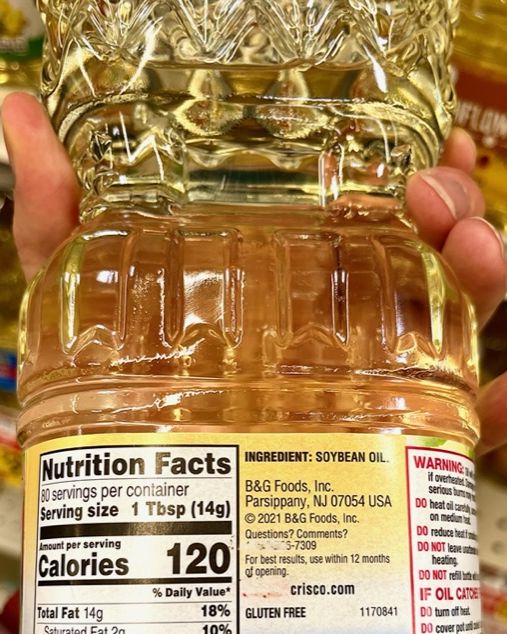
Chapter 8: Brain Killer
Chapter 8 justifies Shanahan’s claim that vegetable oils are the “perfect brain-eating toxin.” Vegetable oil consumption impacts the gut, lipoproteins, arteries, white blood cells, nerve cellular architecture, and gene replication. Shanahan uses modern warfare tactics as metaphors to communicate the sheer lethality of vegetable oils, highlighting 7 ways these toxic fats destroy nerve, brain, and heart function:
- Attack the Gut
- Deactivate the Defense Systems
- Counterintelligence
- Cut Off Supplies
- Fire Bombing
- Blow Up the Roads
- Identity Theft
Shanahan concludes this chapter by addressing a potential link between vegetable oil consumption and autism spectrum disorder.

Chapter 9: Sickly Sweet
Chapter 9 goes on to discuss “how a carbohydrate-rich diet blocks metabolic function.” The toxicity of sugar exists mainly in its ability to disrupt hormone and cellular function, thereby accelerating aging. Shanahan expertly traces the links between sugar and birth defects and identifies the causal relationship between sugar and type 2 diabetes. She goes on to describe the highly addictive properties of sugar:
Sugar is the ultimate gateway drug. We now have research showing that exposure to sugar early in life has lasting effects on the brain that can make us more prone to developing chemical dependencies… Sugar acts as a powerful epigenetic instructor, telling your child’s genes to construct a brain with a built-in hankering for drugs.
Catherine Shanahan, Deep Nutrition, page 222
Like other drugs, tolerance for sugar increases with consumption, and the rampant ubiquity of sugar makes it easy to consume large quantities without even realizing it. Decades of high-carbohydrate and high-sugar consumption chronically lead to dementia and Alzheimer’s disease.
Part Three: Living the Deep Nutrition Way

It is not just happy coincidence we instinctively prefer the taste of those foods proved successful over millennia–not just in preventing cancer, protecting our hearts, and keeping our immune systems strong enough to ward off disease–those foods that have ensured the proper growth and health of our ancestors’ offspring, their children, and their children, and theirs. Every fad diet is ornamented with claims of success. But only the Four Pillars, these four classes of foods–the nutritional foundation of the species Homo sapiens–can be said to have made us who we are.
catherine shanahan, deep nutrition, page 238
Chapter 10: The Four Pillars of the Human Diet
Chapter 10 contains Shanahan’s identification of 4 culinary themes that human diets share across cultures, races, and geographical regions. She contends that the best chefs use all 4 Pillars, which is why she terms chefs “the original nutritionists.”
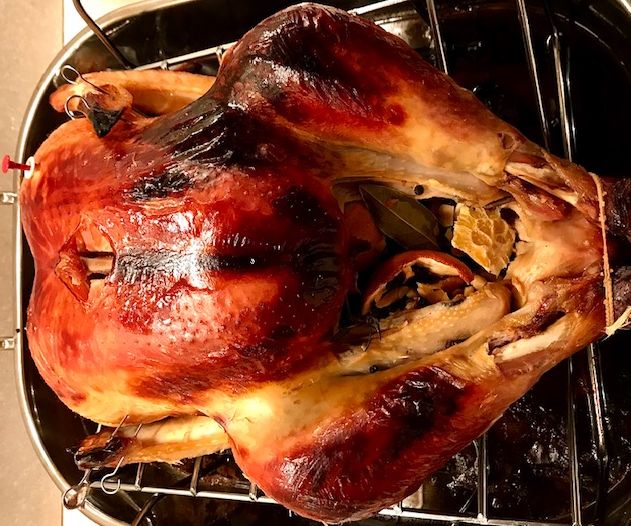
pillar #1:
meat on the bone
Pillar #1 highlights the importance of cooking meat with bones, skin, and fat to maximize both flavor and nutrition. It advocates sourcing pastured meat due to the bioconcentration of vitamins, minerals, and fatty acids in grass/sunlight-fed animals. It also recommends using the cooked bones for meat stock to support gut and immune function and add depth to the flavor of a range of other dishes.
What are the nutritional benefits of our appetite for fat? For one thing, fat is a source of energy, like sugar. Unlike sugar, however, fat is a major building material for our cells, comprising 30 to 80 percent (dry weight) of our cell membranes. And unlike sugar, fat doesn’t trigger the release of insulin, which promotes weight gain. Furthermore, a high-sugar meal damages our tissues, but a high (natural) fat meal doesn’t… we need fat to be able to absorb most fat-soluble nutrients, including vitamins A, D, E, and K. The fact that the presence of fat in meat also helps protect it during cooking–let’s just call that a happy coincidence.
Catherine Shanahan, Deep Nutrition, page 247
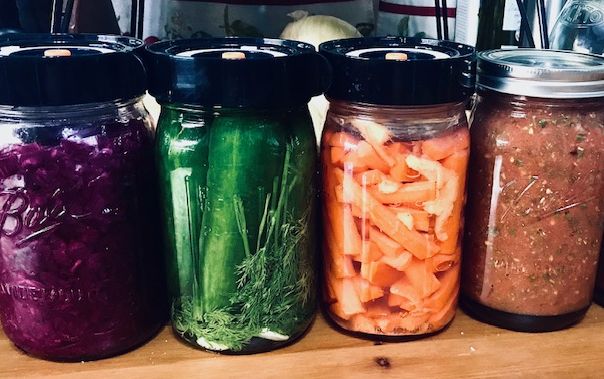
pillar #2:
fermented & sprouted foods
Pillar #2 highlights the importance of eating fermented and sprouted food to render plant toxins safe to consume, to increase beneficial bacterial content, and to improve nutritional content through the manufacture of vitamins and minerals. Fermented foods include wine, beer, bread, yogurt, cheese, chocolate, sauerkraut, pickles, and innumerable condiments. Bacteria and fungi have the ability to break down plant toxins, transform simple sugars into complex nutrients, and manufacture vitamins.
Pound for pound, fermented material will have more nutrition packed into it than the raw material it came from because, aside from acting like miniature detoxification machines, microbes add heaps of nutrients to whatever it is they’re growing in. Using enzyme power, single-celled bacteria and fungi manufacture all the vitamins, amino acids, nucleic acids, fatty acids, and so on that they need from simple starting materials like sugar, starch, and cellulose . . . As if it’s not enough that they can free up minerals, preserve our food, manufacture vitamins, and clean up the nasty plant chemicals our bodies can’t handle, once inside your body they will literally fight for your life.
Catherine Shanahan, Deep Nutrition, page 260
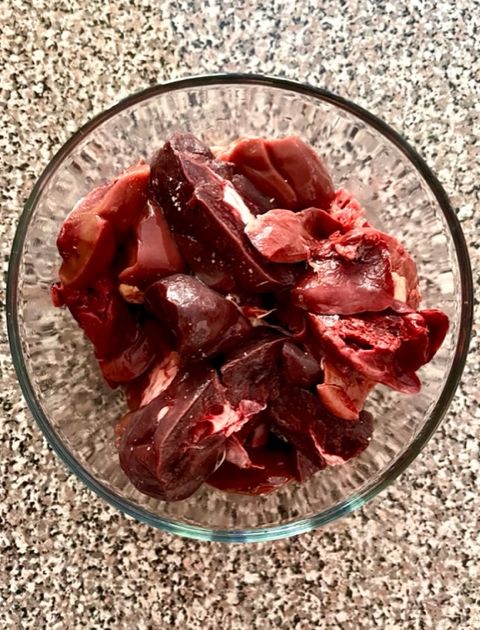
pillar #3:
organs & other “nasty bits”
Pillar #3 highlights the nutritional value of eating every part of the animal other than the muscle meat. Modern diets typically consume only the muscle meat of animals, but the organs, blood, fat, and bone contain many more bioactive and powerful nutrients than the muscle meat. Modern diets tend to source additional vitamins and minerals through chemical supplements in pill form, and, yet, these nutrients are easily obtainable simply by consuming animal organs, blood, bones, and fat.
Offal meats are rich in vitamins, especially fat-soluble vitamins, which can be stored in our own fat reserves for months. As winter wore on and root cellars emptied, those larders of nutrients built up internally by feasting in the fall sometimes made the difference between life and death, or a successful pregnancy and one fraught with complications.
Catherine Shanahan, Deep Nutrition, page 253

pillar #4:
fresh, unadulterated plant & animal products
Pillar #4 highlights the importance of consuming fresh and raw plant and animal matter including leafy greens, fresh herbs, pungent vegetables, fresh eggs, raw milk and rare meat. Antioxidant content correlates with freshness in both plant and animal foods. While discussing this pillar, Shanahan addresses both the raw milk and rare meat safety controversies and discusses the roles both foods have played in traditional diets.
Fresh, whole foods (including raw meat and fish) universally contain a safe, balanced blend of antioxidants because all living organisms–plant and animal–use them to prevent oxygen damage. Plants are capable of manufacturing so many different kinds of antioxidants what we’ll probably never catalogue even a tenth of them. . . Since antioxidants must work as a team to be effective, where you find one, you find a lot–but only when they’re fresh.
Catherine Shanahan, Deep Nutrition, page 265

Chapter 11: Beyond Calories
Chapter 11 addresses why calorie counting is not the solution to losing weight. Shanahan contends that food is chemical information on the most basic level. Highly processed foods (such as vegetable oils and sugar) instruct the body to build and store fat. Exercise signals the body to transform fat into muscle, but processed food contains chemical information that blocks these signals. Shanahan discusses how eating foods according to the 4 Pillars enable the body to respond properly to exercise signals.
Chapter 12: Forever Young
Chapter 12 argues that collagen is key to youthfulness. Vegetable oils and sugars are both pro-inflammatory foods, and inflammation damages the collagen naturally present in our joints and tissues. Consuming foods rich in collagen (such as meat on the bone and bone broth) can help to replace collagen stores. Shanahan additionally discusses food allergies, skin damage, rashes, wrinkles, and sunlight exposure.
Chapter 13: Deep Nutrition
Chapter 13 contains actionable shopping lists, meal plans, recipes, tips, and a thorough overview of how to change established eating patterns and troubleshoot common issues that arise during the process.
Chapter 14: Frequently Asked Questions
Chapter 14 contains a plethora of frequently asked questions and is followed by resources, suggested reading, sources/notes, and an index.
Featured Excerpts

Chapter 3: “I consider Price’s data a more accurate indication of how much nutrition we need than the recommended daily allowance.” (pg. 45)
In Chapter 3, Shanahan sketches the history of Weston A. Price, a dentist-turned-nutritionist who scoured the world in the 1930s for the reason why modern peoples were developing dental disease and bone degeneration. He and his wife spent nearly 10 years studying indigenous cultures in 14 different countries, including some of the most remote areas of the world:
His book, Nutrition and Physical Degeneration, presents his findings, which, simply put, state that processed, industrialized, and nutrient-poor foods–especially refined carbohydrates–cause noncommunicable disease. Perhaps more frightening is his discovery that the damage of the modern diet compounds through the generations, with each consecutive generation becoming more weak, ugly, and disease-prone.
It is of interest that the diets of the primitive groups… have all provided a nutrition containing at least four times these minimum requirements; whereas the displacing nutrition of commerce, consisting largely of white-flour products, sugar, polished rice, jams, canned goods, and vegetable fats, have invariably failed to provide even the minimum requirements. In other words, the foods of the native Eskimos contained 5.4 times as much calcium as the displacing foods of the white man, 5 times as much phosphorus, 1.5 times as much iron, 7.9 times as much magnesium, 1.8 times as much copper, 49.0 times as much iodine, and at least 10 times that number of fat-soluble vitamins.
Weston A. Price, Nutrition and Physical Degeneration, page 246-247

Chapter 3: “As focused as people once were on the production of healthy food, the chief crop–and the ultimate prize–was the next generation of healthy children.” (pg. 46)
Also in Chapter 3, Shanahan offers a fascinating glimpse into how ancient cultures prioritized nourishing their children. We live in a world where modern medicine’s #1 nutritional recommendation to pregnant women is to take a prenatal multivitamin. In stark contrast, ancient cultures ritualistically fed their newly married men and women the most-nutrient dense foods available. Pregnant and lactating women and children regularly consumed the foods known to promote the highest levels of health, energy, strength, vitality, and disease prevention. These cultures believed that by feeding the next generation the most nourishing foods possible, they were investing in the future of their tribe.
As focused as people once were on the production of healthy food, the chief crop–and the ultimate prize–was the next generation of healthy children. Traditional cultures made a science of it… Around the world, traditions reflected extensive use of special foods to boost a woman’s nutrition before conception, during gestation, for nursing, and for rebuilding before the next pregnancy. Some cultures thought it prudent to fortify the groom’s diet in preparation for his wedding ceremony. The shreds of surviving information suggest such knowledge was quite sophisticated. Blackfoot Nation women utilized the still-unknown nutrient systems found in the lining of the large intestine of buffalo (and later, cow) to “make the baby have a nice round head.” To ensure easy delivery, many cultures reinforced preconception and pregnancy diets with fish eggs and organ meats–loaded with fat-soluble vitamins, B12, and omega-3–as well as special grains carefully cultivated to be high in important minerals. The Maasai allowed couples to marry only after spending several months consuming milk from the wet season when the grass was especially lush and the milk much denser in nutrients. In Fiji, islanders would hike miles down to the sea to acquire a certain species of lobster crab that ‘tribal custom demonstrated [to be] particularly efficient for producing a highly perfect infant.” Elsewhere, fortifying foods didn’t just facilitate pregnancy; they made the difference between the baby making it to term or not. The soil of certain areas around the Nile Delta is notoriously low in iodine, the lack of which can lead to maternal goiter and infant malformation. Local tribes knew that burning water hyacinth (rich in iodine) produced ashes capable of preventing these complications.
Catherine Shanahan, Deep Nutrition, pages 46-47
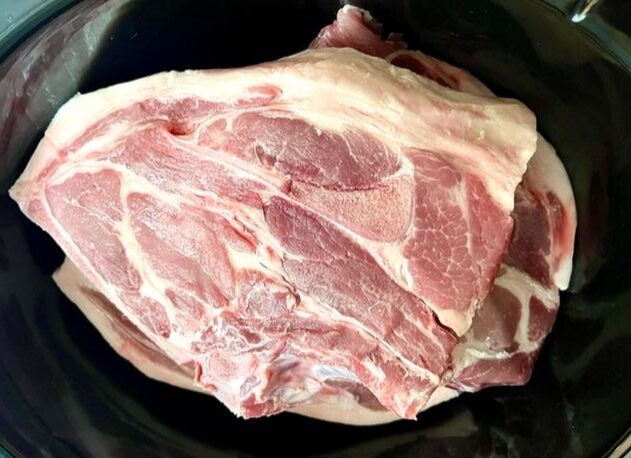
Chapter 6: “Price showed that when a farming population adapts a city lifestyle, this shift can affect bone structure.” (pg. 106)
In Chapter 6, Shanahan returns to the research of Dr. Weston A. Price and his study of some 1,276 ancient bones from Peruvian mummies. Price concluded that when a culture changes from a hunter-gatherer to an agrarian way of life, the size of the skull shrinks. Price attributed this phenomenon to a reduced intake of nutrient-dense animal foods, especially organ matter, fat, blood, and bones. Shanahan briefly describes how other physical anthropologists have also found that skull and brain size decrease when a population begins to consume a more plant/carbohydrate-based diet:
For example, when Native Americans migrated down the coast from Alaska to California and the consumption of animal products dropped, the average women’s bone size shrank by 9 percent and men’s 13 percent within just a few generations. Meanwhile, brain size dropped 5 and 10 percent respectively. Elsewhere, in South Africa, two distinct episodes of skeletal shrinkage occurred, one 4,000 years ago, the other 2,000. The first coincided with population pressures and the second with the use of pottery, indicating an increased dependence on farming. In the intervening years, absent of farming artifacts, the skeletal size (including the skull and brain space) appears to have recovered. And in the southernmost Andes Mountains, precisely where plants were first domesticated in South American, the fossil record again reveals “farmers hav[ing] a smaller craniofacial size than hunter-gatherers.”
Catherine Shanahan, Deep Nutrition, page 106
Impact on my Life

I came to this book late in my journey to take back my health. I wish I had found it sooner, as it might have saved me from trying so many different diets and cleanses in my desperate attempt to heal my fertility. By the time I read this book, I had learned about many of the nutritional principles from other, excellent books on nutrition. However, each of those books tended to tackle only 1 of the pillars or the lipid hypothesis. And none of them seemed willing to tackle epigenetics.
This book does a remarkable job of condensing an enormous amount of data, research, and relevant subject material into an integrated whole. It can therefore serve as an invaluable resource to parents who need a basic overview of why real nutrition matters and how to integrate it into their lives.
I tend to read most books twice, and this is a book I feel I easily need to read a third and a fourth time. This isn’t because the book is hard to understand, but rather because its depth and relevance to my life increases as I age. I always walk away from it with new and valuable ways to improve the health and diet of my family.


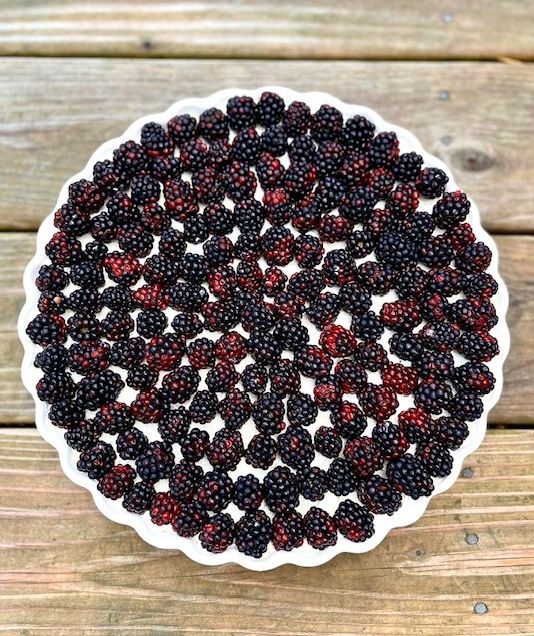


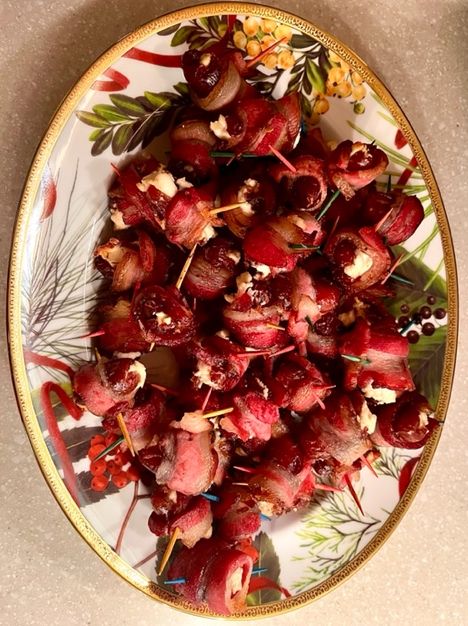
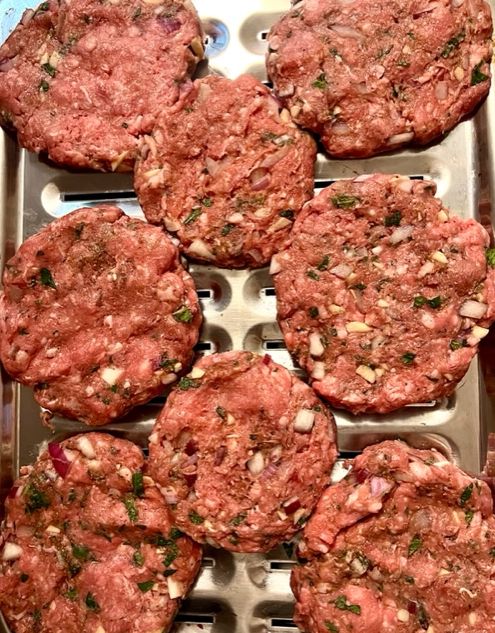
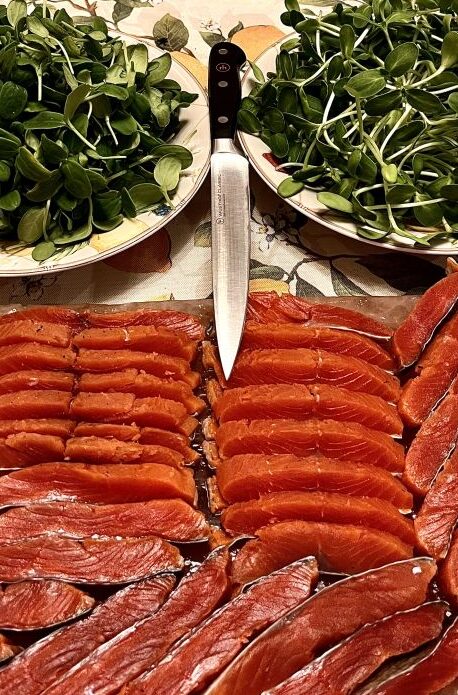

Throughout Deep Nutrition, Shanahan does an excellent job of sketching the scope of the problem with the modern approach to nutrition. Our very human attempt to dissect nutrition into its chemical components in order to rebuild a more expert understanding of how to eat has backfired. The further we get from traditional cooking methods, the more confused we become about what does and what does not taste good and what is and what is not healthy. Traditional peoples were far more connected to the natural world than we are:
They didn’t think of food in terms of carbs and protein and fat. They thought more in terms of good soil, healthy animal, freshly picked. And for this reason, their traditional cultural practices, and the foods they took into their bodies, kept them firmly tethered to the natural world. In other words, they stayed connected.
Catherine Shanahan, Deep Nutrition, page 112

As a parent, Part One was the hardest for me to read. I am very willing to discuss the many ways in which my own health and genetics have been compromised by inadequate nutrition, but it’s a lot harder for me to talk about these principles as applied to my own children.
For this same reason, Part One was the most compelling part of the book for me. I encountered this book when my second daughter, Cecilia, was about one year old. Shanahan’s findings regarding the beauty, vitality, and genetic wealth manifested in first children seemed to hold true for my first daughter, who was beautiful and healthy for every day of her life. Cecilia was conceived roughly 17 months after the birth of my first daughter–a far cry from the 3 or 4-year spacing Shanahan advocates in order for the mother to regain her nutritional stores.
Cecilia was born with a one-in-a-million worldwide genetic disorder. It’s hard for me to read a chapter like “The Sibling Strategy” and not drown in intense and crippling guilt. However, I also personally know many moms who have had children back to back to back–without giving birth to a child with a rare genetic disorder. Sometimes, it’s very hard to make sense of things.
Since Cecilia’s diagnosis, I have been obsessed with epigenetics, so Deep Nutrition was a gripping read. From my perspective, there will always be ways in which I can minimize the damage from Cecilia’s genetic disorder and optimize her health. Deep Nutrition inspired and motivated me to approach Cecilia’s diagnosis as an agent rather than a victim–with the intention of doing everything humanly possible to improve the quality of life for my second daughter.
Today, Cecilia is 4 years old and strong, beautiful, and healthy. Her diagnosis indicates that her eye and kidney function is degenerative; however, all tests confirm that her kidneys are still working at optimal function. Cecilia’s vision has been compromised since birth, but as the days pass and she continues to tell us what she does and does not see, it’s clear that she has retained more vision than her physicians expected.


I’ve applied the nutritional principles outlined in Deep Nutrition since Cecilia’s birth. Her first foods were bone broth, liver, heart, and kidney pork sausage, raw avocado, lacto-fermented red sauerkraut, and duck eggs. I’ve supplemented her with retinol-rich ratfish liver oil from her first birthday. Her birthday feast this year included blood orange pork carnitas, grilled shrimp with citrus butter, and sprouted strawberry shortcake. It’s hard not to believe that her radiant health and the slow progress of her disease are attributable–at least in part–to the foods I’ve fed her.
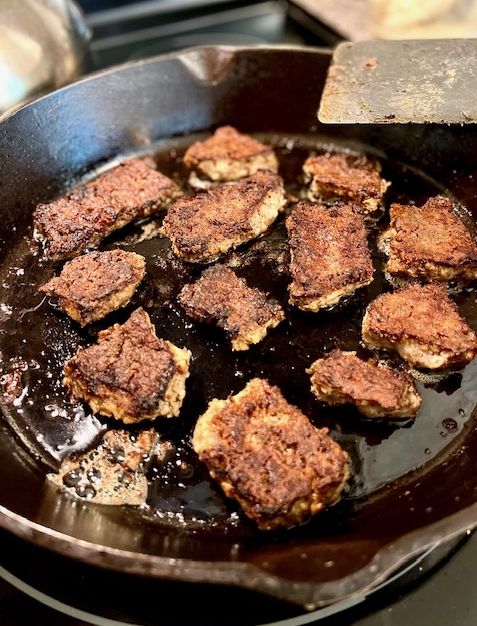
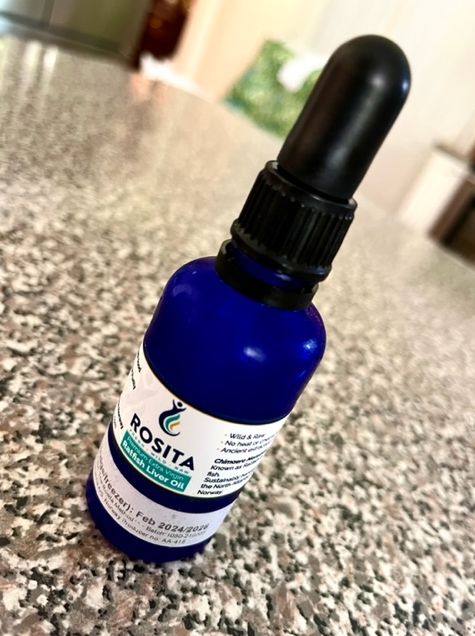

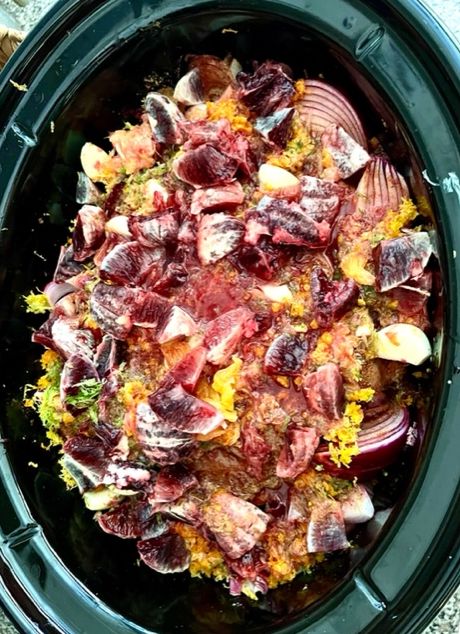


My third daughter was conceived almost 3 years after Cecilia’s birth at the peak of my physical health. She is now is almost 8 months old and started crawling at 7 months. She is so beautiful, so alive, so active, so aware, and so vital that we call her “Baby Hulk.”

From my perspective, Deep Nutrition offers every parent hope. It provides us with real reasons for what has happened and outlines a real path forward. Whether our story is a tragedy or a comedy, it is only the beginning. What happens from here is up to us. We now have the knowledge that food impacts us deeply–so deeply that it can write and rewrite our genes.
All that is left to decide is what to do with that knowledge.


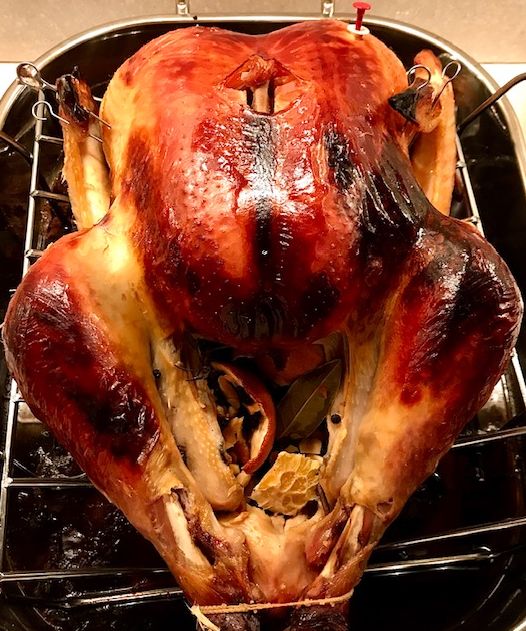

Sourcing
discover why I recommend Catherine Shanahan’s Deep Nutrition in my

